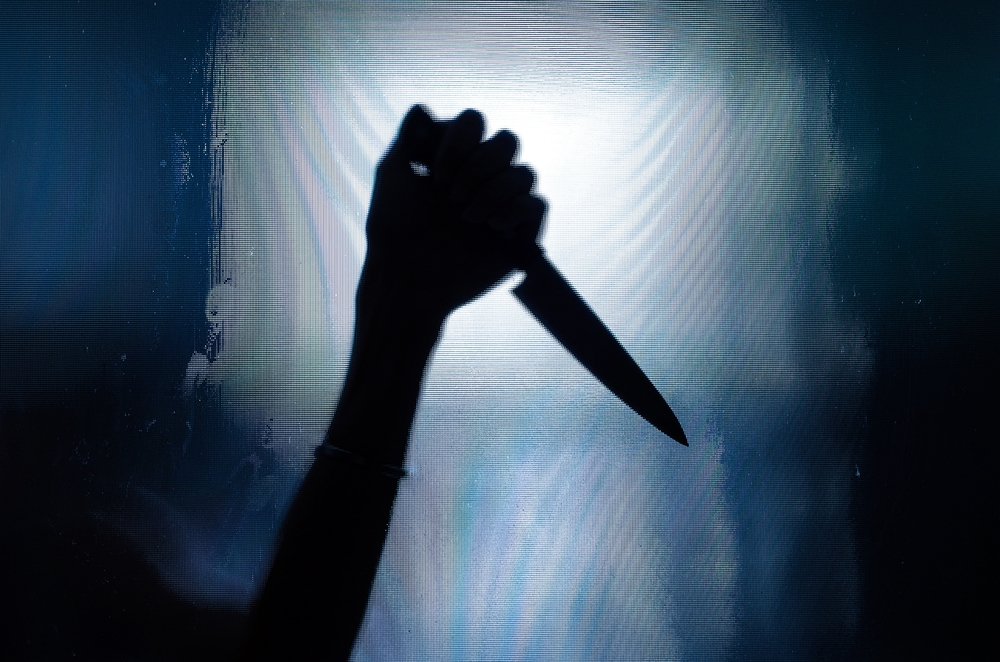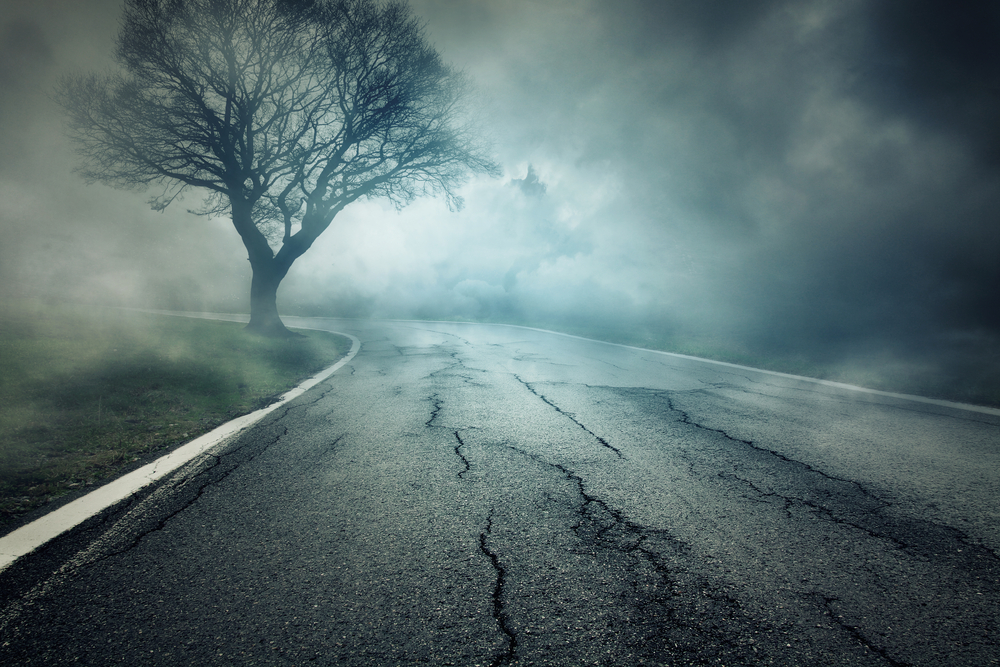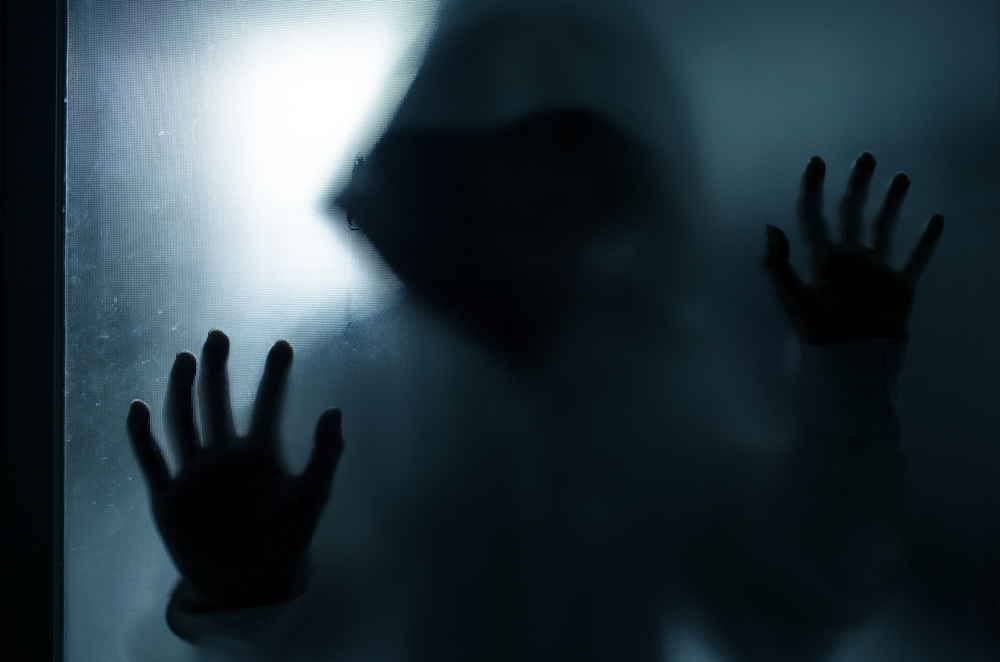Genre Focus: Horror
You’re walking through a creepy forest at night, surrounded by a group of your closest friends. You’re all huddled together as you step carefully with one foot, then the next, trying to make as little sound as possible. Every time one of you is unfortunate enough to crack a fallen twig or scrape your shoes against a rock, the whole group freezes, waiting to see if they will emerge. All of a sudden, the whole forest falls silent. No crickets chirping, no owls hooting, no wings flapping- not a single sound. And when you glance back toward the forest floor, you’re surrounded by hundreds of dead eyes staring up at you, lifelessly, through long-since rotted flesh.
Let’s just say, as evidenced by the previous paragraph, that the horror genre is not for the faint of heart. Unlike the mystery genre which focuses more on the unknown, horror books focus on disturbing imagery and haunting concepts. For those attempting to go down this foggy deserted road, here are some tips on writing horror novels:

Choose your fear focus
There are a few different types of fear you can draw on in a horror novel. One of the most common types is instinctual fears which are fears that have a logical or biological foundation such as darkness, snakes, spiders, or heights. These are very easy to utilize since readers will already have an innate and inexplicable aversion to them. The next type is supernatural fears such as monsters, vampires, werewolves, and ghosts. These are a little more difficult to write since they aren’t a real fear, but they’ve been prevalent enough in horror that people have developed a sense of dread surrounding them. Finally, there are societal fears which have become a more popular form for the horror genre lately. Good examples of this are in films like Get Out, Us and It Follows. These films utilize different societal problems such as racism and prejudice to tie a horror concept into our world. And you don’t necessarily have to limit yourself to one horror concept. There must be one overarching fear- a killer chasing you, a racist family holding you hostage, a vampire clan hunting down your family- but you can pepper in some of the instinctual fears along the way.
Choose your atmosphere
Once you’ve chosen your main fear-based antagonist, you’ll have to choose what type of horror atmosphere you’re going for. This involves selecting which horror subgenre you’re going for. So, for example, thriller-horror involves psychological fear whereas classic horror will feel more like Frankenstein or Dracula with that classic gothic vibe. There’s also gross-out horror, which is essentially exactly what it sounds like. This is the one where you hear the crunch of bones breaking, see flesh being sawed apart, feel eyes get gouged out- the goal is to make your readers shudder. Finally, there’s terror which essentially involves a sense of all-pervasive dread throughout a story.

Create characters with whom we can empathize
It’s very important that, in a horror novel, you create characters that feel real and with whom readers can empathize. Trust us when we say that every version of dumb jock, geeky sidekick, and popular cheerleader have already been beaten to death. And it can be extremely hard for readers to be invested in the character’s plight if they’re a) one dimensional and b) doing stupid and reckless things. When constructing your group or family, think of movies like the new It film or even Stranger Things (though that latter isn’t horror). They create incredibly realistic groups of kids, families, etc., so the viewer is more invested than they would be if they stuck with the normal stereotypes.
Obvious Stakes
In horror, as opposed to mystery, the stakes must be both extremely high and obvious. So, for example, just a basic survival instinct because the character is being chased by a murderer. Or perhaps it’s simply protecting their loved ones from being killed. You can include a mystery element in a horror genre. For example, perhaps your main character is a detective attempting to solve a crime. But to differentiate from mystery your story needs to focus more on that sense of terror, dread, and fear as opposed to the mystery itself.

Create shock
Horror is unlike the mystery genre in the sense that you don’t need this huge plot twist in the end to shock your readers. Subtle haunting revelations can work just as well in horror as huge plot twists. In addition, the climax of your horror story could very well simply just be the final violent showdown- similar to 70’s horror films. Though the showdown itself will be predictable, this approach gives you plenty of opportunities to shock your readers throughout the story. You’ll have them find different members of their family/friends killed in horribly gruesome ways, they’ll have to escape various horrific and violent deaths, and all of these equally disturbing situations will lead up to this ultimate violent showdown.
Scare yourself
This is truly the ultimate rule for horror writing. If you’re interested in this type of writing, you’re likely already fascinated by horror films/books and you likely listen to crime podcasts detailing horrific deaths and gore (don’t get mad, you know it’s true). This means you already have a lot of messed up imagery laced deep in your subconscious that you could easily draw on to truly shock and disturb your readers. A good rule of thumb is that if you have even freaked yourself out, then you’re doing your job well.
